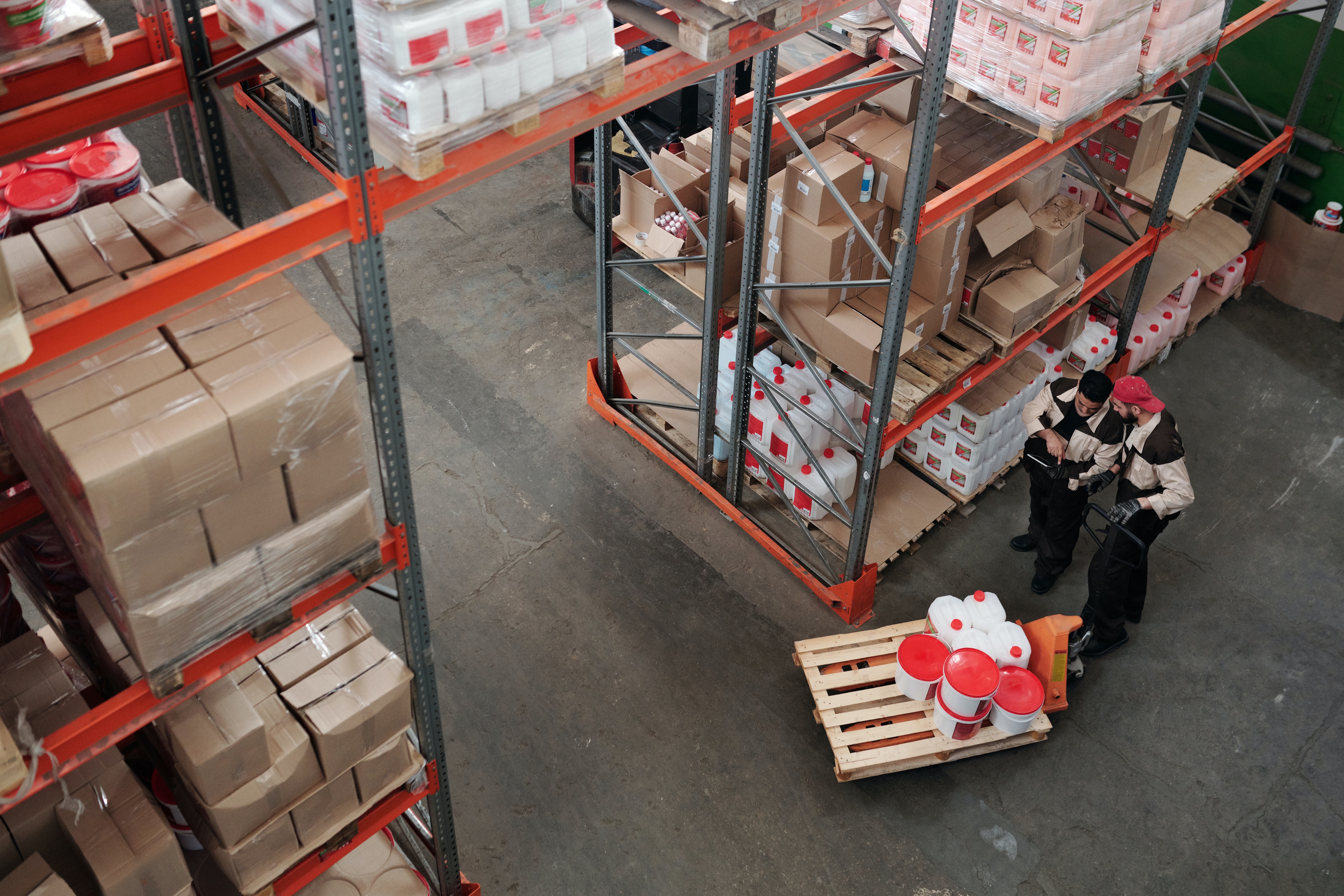What are warehouses? Their importance in the economy? Where are they located? Does it need to be specialist technical know-how to own and operate one? These questions can pop up regarding the warehouse’s importance in the supply chain and the economy. Globally, all major brands have warehouses that store their manufactured items, which can be anything from consumer electronics to items of daily use or even automobiles. Warehousing promotes employment generation of local labor and helps keep the cost low which we shall learn subsequently. By the end of this article, you will understand the role of warehousing and logistics in the economy.
Introduction
Warehousing can be defined as receiving, storing & distributing goods from a centralized strategic location to the end users. Warehousing reduces transportation costs and increases the value of goods as products are available at the right place and time. Logistics, on the other hand, facilitate getting the products and services as per the need of the customer. This process generates revenue, serving as a significant enabler of the growth of trade and commerce in an economy. Let us understand the function of a warehouse in detail.
Functions of warehousing
- Storage:- The prime reason for a warehouse is the storage of goods and commodities made by the manufacturers of various goods. They are located at strategic locations whereby they are connected through a sparse network of logistical supply chain management which enables the prices of commodities low. Also, they can be various types of warehouses, but commonly three main types are known; private, public & bonded.
- Price stability:- One of the warehouses’ crucial functions is aiding in price stabilization. This is achieved by creating a time utility by warehousing. Warehousing can avoid a price drop due to abundant supply and a rise in prices during the slack season. This is a crucial reason for providing the right commodity at the right time and helps in stabilizing the skyrocketing prices.
- Bearing of risk:- Due to the vast storage of goods, these must be protected against unforeseen circumstances such as natural calamities and unnatural disasters. The construction of warehouses should be done to avoid the least possible damage from the above sources. The contract of bailment starts when the goods are stored in the warehouses. It is the duty and responsibility of the warehouse keeper to safeguard the goods in storage and prevent them from being damaged due to external or internal factors. Lapse in taking care of the stock or damage due to negligence falls under the purview of the warehouse keeper, who is liable and responsible for the same.
- Source of financing:- The warehouse can act as a source of finance, and the warehouse keeper can raise a loan against the goods stored. Products stored in the warehouse act as security for the keeper of the warehouse. The warehouse receipts can be used to get loans from financial institutions, which act as a source of finance for people in business to meet with business operations.
- Grading and packaging:- A warehouse is not just limited to storing products but also provides facilities for packing, processing & grading goods. Goods can be packed in convenient sizes per the customer’s need.
Benefits of warehousing
- Regular production: Raw materials must be continuously kept to facilitate large-scale production. Sometimes, products are stored in anticipation of an increase in the prices of goods. Warehouses enable manufacturers to produce goods in anticipation of demand in the future.
- Time Utility:- A warehouse bridges the gap between the production and consumption of goods. Warehousing helps in making the goods available to consumers whenever the need for any goods arises. These goods can be segregated as perennial and non-perennial based on the need of the end consumer. For example, some goods are manufactured annually, but their demand is seasonal. On the other hand, daily staples and groceries are perennial and needed for daily sustenance throughout the year but only grow at certain parts and become valuable over time.
- Storage of surplus items:- At times, manufacturers produce surplus stock that needs to be kept to meet the anticipated demands for the future that must be stored properly. This is when proper warehousing management comes to a place to tag, store, and keep the inventory updated to meet future contingencies.
- Location Advantage:- Most warehouses are located at places accessible via various modes of transportation such as land, air, and seaways. These locations are strategic and help reduce transportation costs to a greater extent through the smooth and timely passage of goods.
- Employment generation:- Warehouses are generally spread in areas where there are industrial areas of cities and towns. Industrial warehouses are so big that they can store oversized items for many businesses at any time. Further, besides storage, warehouses perform several functions like procurement, sorting, dividing, marketing, preparing for shipment, handling, inventory control, display, order processing, financing, transportation, grading and branding, and so on, resulting in employment generation in various sections and at various levels.
Importance of warehousing and logistics in the economy
To conclude, it can be said that the primary purpose of warehousing is the proper storage and distribution of goods from the manufacturer to the end consumer. It does not employ the but forms a significant cog in the logistical journey of a product. It’s pivotal for keeping transportation prices low due to its strategic location. A warehouse is a large storehouse that stocks various perishable and non-perishable items technically produced by a manufacturer and ships that to the customer via a complex chain logistical network. This continuous cycle generates revenue which adds to the economy and GDP of the country. The global logistics market was valued at $7,641.20 billion in 2017 and is projected to reach $12,975.64 billion by 2027, registering a CAGR of 6.5% from 2020 to 2027.
